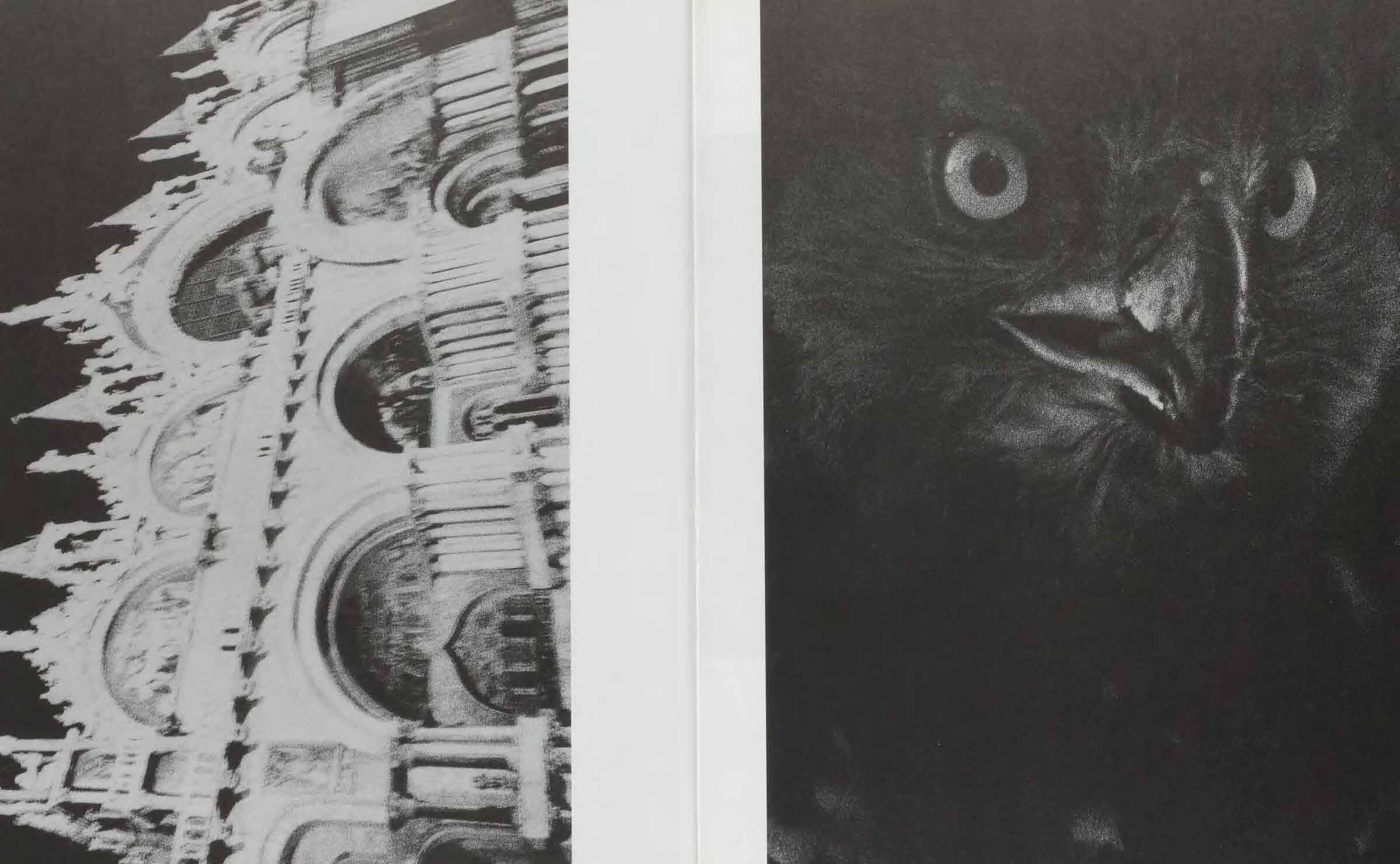 Image 1 of
Image 1 of


Parkett Vol. 65 - 2002 | John Currin, Laura Owens, Michael Raedecker
John Currin
Read a selected text (PDF)
View edition
Laura Owens
Read a selected text (PDF)
View edition
Michael Raedecker
Read a selected text (PDF)
View edition
Insert: Lou Reed (PDF)
Spine: Nic Hess
Cumulus
On the Atlas Group by Nato Thompson (PDF)
On the circus by Thomas Hahn (PDF)
Miscellaneous
John Currin text in Chinese (PDF)
Dieter Roth & Dorothy Iannone by Robert Storr (PDF)
U.S. & Canada
Please place your order through our distributor D.A.P. here.
John Currin
Read a selected text (PDF)
View edition
Laura Owens
Read a selected text (PDF)
View edition
Michael Raedecker
Read a selected text (PDF)
View edition
Insert: Lou Reed (PDF)
Spine: Nic Hess
Cumulus
On the Atlas Group by Nato Thompson (PDF)
On the circus by Thomas Hahn (PDF)
Miscellaneous
John Currin text in Chinese (PDF)
Dieter Roth & Dorothy Iannone by Robert Storr (PDF)
U.S. & Canada
Please place your order through our distributor D.A.P. here.
John Currin
Read a selected text (PDF)
View edition
Laura Owens
Read a selected text (PDF)
View edition
Michael Raedecker
Read a selected text (PDF)
View edition
Insert: Lou Reed (PDF)
Spine: Nic Hess
Cumulus
On the Atlas Group by Nato Thompson (PDF)
On the circus by Thomas Hahn (PDF)
Miscellaneous
John Currin text in Chinese (PDF)
Dieter Roth & Dorothy Iannone by Robert Storr (PDF)
U.S. & Canada
Please place your order through our distributor D.A.P. here.
Browse Selected Texts and more on the Collaboration Artists
Artist Insert
Editorial
There is space in their pictures, not meaning the illusionism that sees the picture as a window through which we look. What John Currin, Laura Owens, and Michael Raedecker carefully conjure with every stroke of the brush is a space that breathes, a field of freedom.
Ironically, that statement recalls an artistic movement of the past in which explosive gesture prevailed. Here, the opposite is true. The imagery created by the collaboration artists in this volume is a product of slow processes involving considerable deliberation and exacting craftsmanship.
Painting creates a reality of its own. And yet it is also clearly of this world. Painting possesses unique potential not only in the act of developing its own materiality but also in the emotional and intellectual act of viewing. One imagines the process of creation in which Currin, Owens, and Raedecker engage as a sophisticated, mental dance, as voluptuous experimentation with a host of possibilities, explored in depth in order to discover their true nature. At the same time all of these movements entail contacts with real life, in which the history of art somehow and somewhere plays a role as well.
It is a painting of atmospheric catalysts, firmly placed center stage where they can be closely studied with liberating detachment. In Michael Raedecker’s pictures, for example, thread and fluffs of wool sink into the paint like a sleeve in mayonnaise, but they also have a powerful empathetic thrust that targets the unconscious where the deepest layers of sensual, everyday experience have been deposited. Raedecker’s signs and signals seek to emancipate painting from the automation of modes of production and perception that are ordinarily hampered by tradition and alienated from life.
This is painting that questions its own heroic history and therefore seeks liberating detours which paradoxically lead to the depths of “feeling.” Exploiting exquisite sources and practices of great connoisseurship as a cover, so to speak, Laura Owens combines serene, expansive areas of color with ingeniously conceived, trompe l’oeil renditions of rustic textiles, and places air-brush effects next to painting that runs the gamut from thick pastose application to lines that fade like watercolor washes—all on a single canvas. John Currin devotes himself to a delicately lush present-day rococo. Venturing into stylistic arenas that stubbornly persevere despite a widespread reputation for being of questionably convoluted and cloying taste, Currin moves into a realm where there is no false prudery. In his painting, “similarity with living persons” is not only unintended, it is inappropriate for his painted universe exhibits patterns of recognition that have more to do with us and our psychology than with that of perfect strangers.
In the INSERT, the musician Lou Reed has taken up the medium of photography to generate a rhythm that translates the emotional potential of sound into the visual potential of silence in a sequence of compelling images.
Table of Content
Jeff Wall looks at the Dominus Winery by Herzog & de Meuron by Kurt W. Forster
John Currin
Currin’s Nudes by Keith Seward
Against Nature by Mark van de Walle
Lots of colorful pictures in them by Sibylle Berg
Laura Owens
Laura Owens Paints a Picture by Russell Ferguson
Monkey Man Killer by Benjamin Weissman
From My Junkyard to Yours by Mungo Thomson
Michael Raedecker
Dirty Pictures by Bart Verschaffel
No Place Like Homeless by Terry Myers
Their Second Home by Dave Eggers
Lou Reed, Insert
Lovesickness – Dieter Roth & Dorothy Iannone by Robert Storr
Teresa Hubbard & Alexander Birchler, Floating Images – Enigmatic Narratives by Konrad Bitterli
Markéta Othová: Sleepwalking in Narrated Space, Les Infos du Paradis by Christina Végh
Veiled Controversy, Cumulus from America by Olav Westphalen
Bauhaus in the Arena, Cumulus from Europe by Thomas Hahn
Weltering in Blood, Artemisia Gentileschi (1593 – 1653) by Sheena Wagstaff




